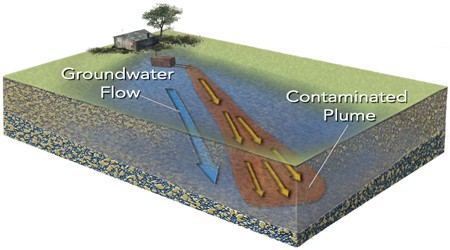Explain why nor’easters would commonly go undetected before the age of modern satellite imagery.?
What will be the ideal response?
ANSWER: ?Nor’easters occur in or near Cape Hatteras, North Carolina, where warm Gulf Stream water can supply moisture and warmth to the region south of a stationary front, thus increasing the contrast between air masses to a point where storms may suddenly spring up along the front. Nor’easters normally move northeastward along the Atlantic Coast, bringing high winds and heavy snow or rain to coastal areas. Before the age of modern satellite imagery and weather prediction, such coastal storms would often go undetected during their formative stages, and sometimes an evening weather forecast of “fair and colder” along the eastern seaboard would have to be changed to “heavy snowfall” by morning. Fortunately, with today’s weather information-gathering and forecasting techniques, these storms rarely strike by surprise.
You might also like to view...
What is the name for the kind of glacial landform illustrated by Mt. Gibbs? (On the topographic map, the dashed black line showing the boundary between Mono and Tuolumne Counties runs through the summit of Mt. Gibbs.)
The question is based on Map T-13, the “Mono Craters, California” quadrangle (scale 1:62,500; contour interval 80 feet), and Figures 48-5 and 48-7, a detailed map and stereogram, and Map T-23a, a satellite image, of the same region. The heavily glaciated eastern crest of the Sierra Nevada is seen along the western sides of the map and stereograms (37°52'37"N, 119°12'40"W). During the Pleistocene, glaciers in this region flowed down the valleys on the eastern slope of the Sierra toward the Mono Lake basin to the northeast. Large lateral moraines are found at the mouths of each canyon. What will be an ideal response?
The thermosphere is where charged particles from the sun interact with air molecules to produce ____
A) ozone B) auroras C) radio waves D) humidity
Why does a plume of contamination spread out (become wider) away from the source of contamination?
A. because of diffusion of the contamination and mixing of contaminated and uncontaminated water B. it does not spread out away from the source C. it will only spread out if it is close to a cone of depression D. because the water flows faster and faster
In the Pacific Northwest, stresses are transmitted upward from the subducting plates, forming strike-slip faults that rupture the surface, as in Seattle.
Answer the following statement true (T) or false (F)